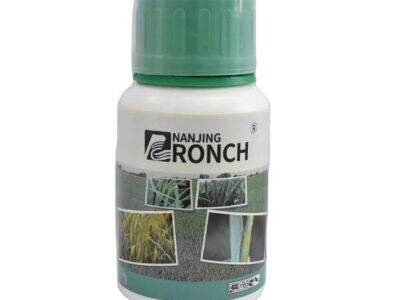These are special kinds of products that help with plant disease prevention and keep plants safe from harmful fungi. Fungicide can be more effective if used when and how they should be. We will discuss when is the best time to apply fungicides, helpful things to know to ensure they do what they are intended to do, how to apply them at all, what to consider when using them, and how to get the best efficacy out of these treatments.
Best Times to Use Fungicides
There are a few critical things you'll want to remember about fungicides, one being when you use them. Fungicides are best used preventatively, before you know that fungus has settled on your plants. This prevents the fungus from growing and harming your plants. Make sure it’s not going to rain before putting on fungicides, because rain washes fungicides off your plants before they can work.
How You Can Get Fungicides to Work Well?
Use your fungicides as intended, following the product label instructions for best results. Using more than necessary won’t make it function better and could harm your plants. If using systemic fungicide, be sure to wear gloves and a mask to protect yourself. And keep fungicides in a cool, dry location, out of the reach of children and pets.
How to Use Fungicides Correctly?
To apply fungicides you must cover all plant surfaces that would contact fungus. That means spraying the tops and bottoms of leaves, stems and any fruit or flowers. Fungicides can be applied evenly with a sprayer. Always heed any waiting periods before eating or harvesting fungi that have been fungicide-treated.
Concise Explanation:
Understanding the timing and method of fungicide usage is essential to ensuring your plants remain healthy and free from detrimental fungi. If you use these tips to optimize fungicide performance, your plants will be more resistant to disease. Read and follow the instructions on fungicide labels, and consult a professional if you’re uncertain or concerned.

 EN
EN
 AR
AR
 BG
BG
 HR
HR
 FR
FR
 DE
DE
 EL
EL
 HI
HI
 IT
IT
 JA
JA
 KO
KO
 PT
PT
 RU
RU
 ES
ES
 TL
TL
 ID
ID
 VI
VI
 TH
TH
 AF
AF
 MS
MS
 SW
SW
 UR
UR
 BN
BN
 CEB
CEB
 GU
GU
 HA
HA
 IG
IG
 KN
KN
 LO
LO
 MR
MR
 SO
SO
 TE
TE
 YO
YO
 ZU
ZU
 ML
ML
 ST
ST
 PS
PS
 SN
SN
 SD
SD
 XH
XH

